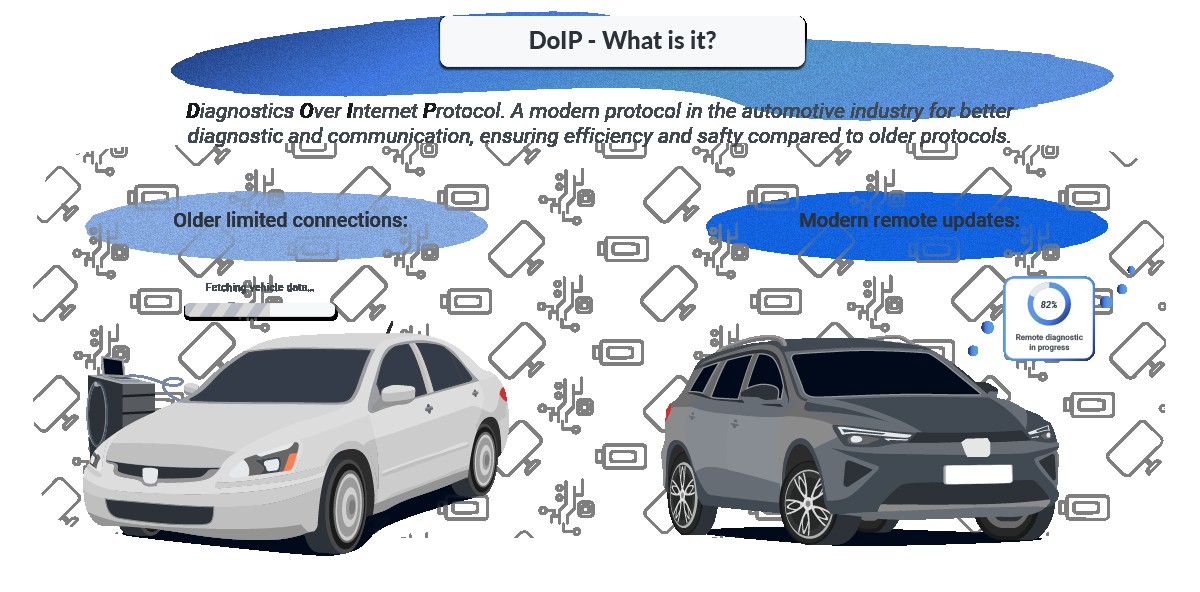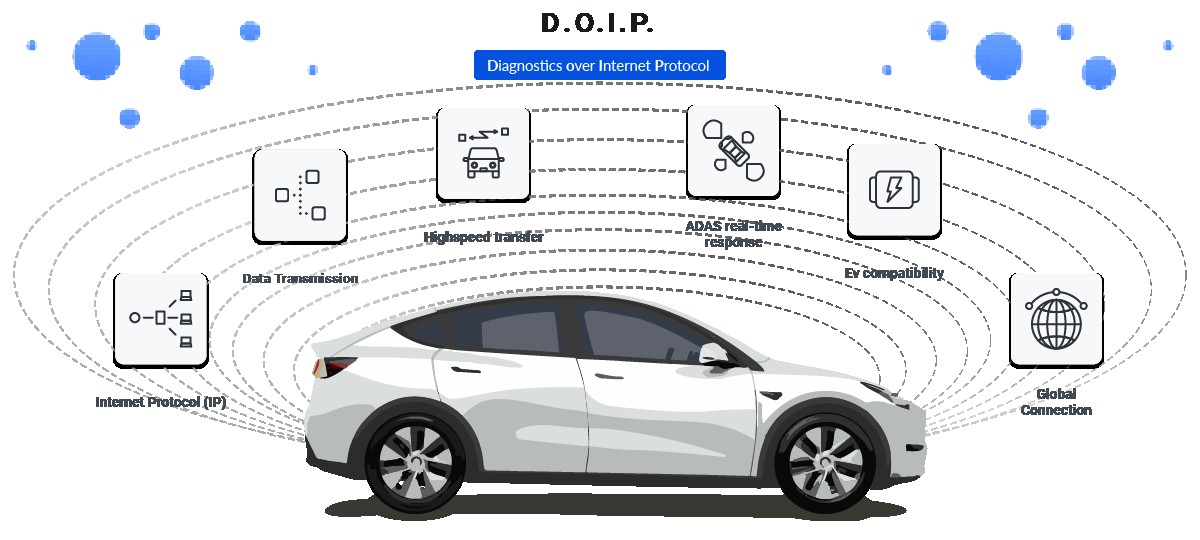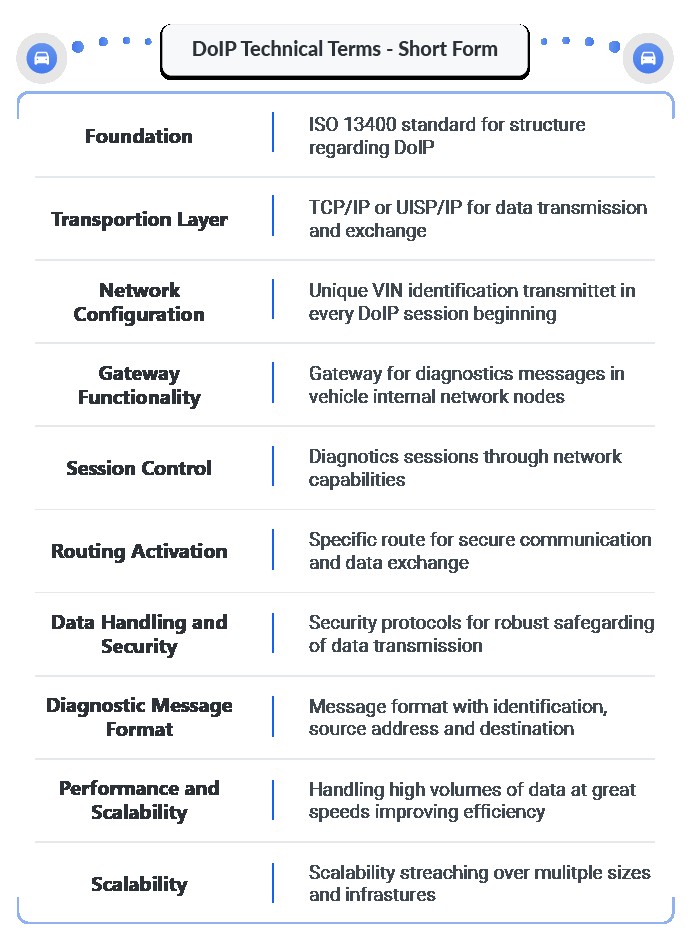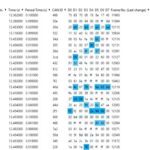DoIP, or Diagnostic over Internet Protocol, is revolutionizing car diagnostics and maintenance. This modern communication protocol leverages the power of internet-based networks to enable faster, more efficient, and remote vehicle diagnostics. This article delves into the intricacies of DoIP in the automotive industry, exploring its technical specifications, applications, benefits, and how it compares to traditional diagnostic methods.
Defining DoIP in the Automotive Context
DoIP, short for Diagnostics over Internet Protocol, is a standardized communication protocol (ISO 13400) used for diagnosing and troubleshooting issues in modern vehicles. Unlike older methods relying on direct physical connections, DoIP utilizes Ethernet-based networks, allowing for remote access and faster data transfer speeds. This enables technicians to access vehicle data, perform diagnostics, and even update software remotely, significantly improving efficiency and convenience.
Technical Specifications of DoIP
DoIP leverages standard internet protocols (TCP/IP and UDP/IP) to transmit data, making it compatible with existing network infrastructure. Key technical aspects include:
- Standardized Protocol: Adherence to ISO 13400 ensures interoperability between different diagnostic tools and vehicle systems.
- High-Speed Data Transfer: Ethernet connectivity allows for significantly faster data transfer rates compared to traditional protocols like CAN bus.
- Vehicle Identification: Each vehicle is uniquely identified using its VIN (Vehicle Identification Number) for secure communication.
Applications of DoIP in Modern Vehicles
DoIP’s capabilities extend beyond simple diagnostics, enabling a wide range of applications in today’s cars:
- Remote Diagnostics: Troubleshooting and fault code analysis can be performed remotely, reducing downtime and service costs.
- Over-the-Air (OTA) Updates: Software updates for various vehicle systems can be delivered wirelessly, ensuring vehicles are always equipped with the latest features and security patches.
- Advanced Driver-Assistance Systems (ADAS): DoIP supports the diagnostics and calibration of complex ADAS features, crucial for safe and reliable autonomous driving capabilities.
- Electric Vehicle (EV) Management: Efficient management of battery systems, charging infrastructure, and other EV-specific components.
Benefits of Implementing DoIP
The adoption of DoIP offers numerous advantages for both car manufacturers and owners:
- Increased Efficiency: Faster diagnostics and software updates translate to shorter service times and reduced operational costs.
- Improved Scalability: DoIP’s network-based architecture allows for easy scalability, accommodating growing fleets and complex diagnostic needs.
- Enhanced Security: Robust security protocols ensure data integrity and protect against unauthorized access.
DoIP vs. Traditional Diagnostic Protocols
DoIP surpasses traditional diagnostic methods in several key areas:
| Feature | DoIP | Traditional Protocols (e.g., CAN) |
|---|---|---|
| Communication Medium | Ethernet | Dedicated Wiring |
| Data Transfer Speed | High | Limited |
| Remote Capabilities | Yes | No |
| Scalability | Excellent | Limited |



The Future of Car Diagnostics with DoIP
DoIP is poised to become the industry standard for car diagnostics, driven by the increasing complexity of modern vehicles and the demand for efficient, remote maintenance solutions. Its ability to handle large amounts of data quickly and securely, coupled with its scalability and remote capabilities, makes DoIP an essential technology for the future of the automotive industry. As vehicles become more connected and autonomous, DoIP will play a critical role in ensuring their safety, reliability, and performance.

